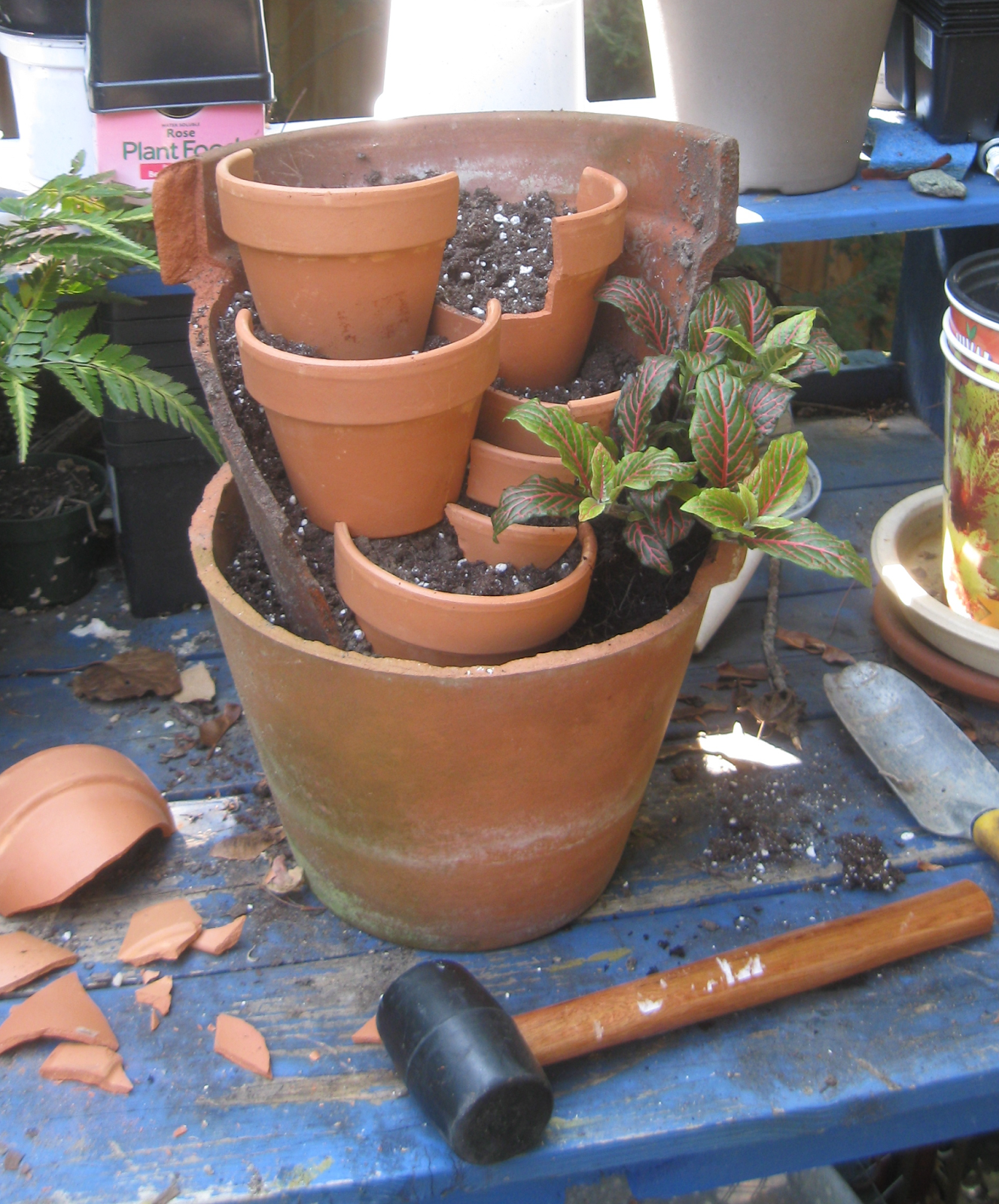Broken pot plants can be a heartbreaking sight for any plant lover. Discovering your beloved greenery has met an unfortunate fate can lead to feelings of disappointment and frustration. However, it’s important to remember that not all is lost when your pot breaks. In this article, we will explore effective strategies to help revive broken pot plants and offer tips to prevent future mishaps. Whether you’re a seasoned gardener or a novice plant enthusiast, understanding how to care for your plants in these situations can make a significant difference.
We will delve into the reasons why pots break, the immediate steps you should take when your pot breaks, and how to care for your plants during the recovery process. Additionally, we’ll cover the best practices for choosing pots that are less likely to break and how to handle your plants with care. By the end of this article, you will have a comprehensive understanding of how to manage broken pot plants and ensure the longevity of your greenery.
Join us as we take a closer look at the world of broken pot plants, offering expert advice and practical tips to help you nurture your green friends back to health. Let’s get started on this journey towards recovery and resilience for your plants!
Table of Contents
- 1. Introduction
- 2. Understanding Pot Breakage
- 3. Immediate Response to Broken Pot Plants
- 4. Revival Techniques for Your Plants
- 5. Preventive Measures for Future Breakage
- 6. Choosing the Right Pot for Your Plants
- 7. Care Tips for Healthy Plants
- 8. Conclusion
2. Understanding Pot Breakage
Before we can effectively address broken pot plants, it’s essential to understand why pots break in the first place. Several factors can contribute to pot breakage, including:
- Material Quality: Fragile materials like terracotta and ceramic are more prone to breaking compared to sturdier materials like plastic or fiberglass.
- Environmental Conditions: Extreme temperatures, heavy winds, and moisture can weaken pots, leading to cracks and breaks.
- Improper Handling: Rough handling during transportation or repotting can result in damage to the pot.
- Root Growth: Over time, a plant's roots can grow large enough to put pressure on the pot, leading to cracks or breaks.
3. Immediate Response to Broken Pot Plants
When you discover a broken pot plant, it’s crucial to act quickly to minimize damage. Here’s what you should do immediately:
- Assess the Damage: Carefully examine the plant and the broken pot. Determine whether the plant is still intact and if the roots are exposed.
- Remove Broken Pieces: Clear away any sharp or broken pieces of the pot to prevent injury to yourself and the plant.
- Repot if Necessary: If the roots are exposed or damaged, consider repotting the plant into a new pot. Ensure that the new pot has proper drainage.
4. Revival Techniques for Your Plants
Once you’ve addressed the immediate concerns of a broken pot plant, it’s time to focus on revival techniques. Here are some methods to help your plant recover:
4.1 Watering Practices
Adjust your watering practices based on the plant’s needs and its new environment:
- Check the soil moisture regularly to avoid overwatering or underwatering.
- Consider using a moisture meter for accurate readings.
4.2 Providing Adequate Light
Ensure your plant is receiving adequate light, which is essential for recovery:
- Place the plant in a location with indirect sunlight, as direct sunlight can stress the plant further.
- Gradually acclimate the plant to its new light conditions.
4.3 Nutrient Support
Provide your plant with the necessary nutrients to support recovery:
- Use a diluted liquid fertilizer to give your plant a boost.
- Avoid over-fertilizing, as this can harm the plant.
5. Preventive Measures for Future Breakage
To avoid the heartbreak of broken pot plants in the future, consider the following preventive measures:
- Choose sturdy pots made from durable materials.
- Avoid placing pots in high-risk areas, such as near edges or in windy spots.
- Handle pots with care during repotting and transportation.
6. Choosing the Right Pot for Your Plants
When selecting pots for your plants, consider the following factors to minimize the risk of breakage:
- Material: Opt for materials like plastic, fiberglass, or metal that are less likely to break.
- Size: Ensure the pot is an appropriate size for your plant; too small can lead to pressure on the pot.
- Drainage: Choose pots with adequate drainage holes to prevent water accumulation.
7. Care Tips for Healthy Plants
To ensure your plants thrive and remain healthy, follow these essential care tips:
- Regularly check for signs of stress or damage.
- Maintain a consistent watering schedule based on the plant species.
- Provide appropriate lighting and temperature conditions.
- Monitor for pests and diseases to take immediate action if needed.
8. Conclusion
In conclusion, broken pot plants can be a distressing experience for any plant owner. However, with the right knowledge and techniques, you can revive your greenery and prevent future mishaps. Remember to assess the damage, care for your plants diligently, and choose the right pots to safeguard against breakage. We encourage you to share your experiences with broken pot plants in the comments below and explore more articles on plant care to enhance your gardening skills!
Thank you for reading! We hope this article has provided you with valuable insights. Don’t forget to visit us again for more tips and tricks on keeping your plants healthy and thriving!




